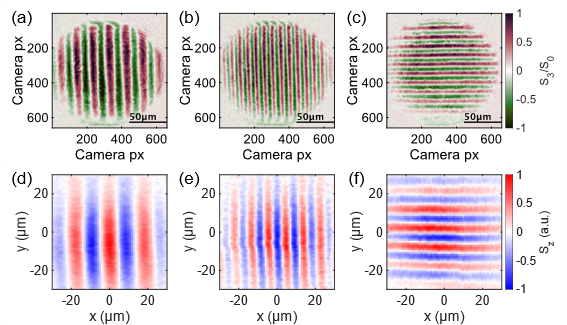2025-04-10 九州大学
<関連情報>
- https://www.kyushu-u.ac.jp/ja/researches/view/1241
- https://www.kyushu-u.ac.jp/f/61313/25_0410_02.pdf
- https://animalmicrobiome.biomedcentral.com/articles/10.1186/s42523-025-00396-x
牛の繁殖成績と糞便細菌叢との因果関係の推定 Causal estimation of the relationship between reproductive performance and the fecal bacteriome in cattle
Yutaka Taguchi,Haruki Yamano,Yudai Inabu,Hirokuni Miyamoto,Koki Hayasaki,Noriyuki Maeda,Yoshiro Kanmera,Seiji Yamasaki,Noboru Ota,Kenji Mukawa,Atsushi Kurotani,Shigeharu Moriya,Teruno Nakaguma,Chitose Ishii,Makiko Matsuura,Tetsuji Etoh,Yuji Shiotsuka,Ryoichi Fujino,Motoaki Udagawa,Satoshi Wada,Jun Kikuchi,Hiroshi Ohno & Hideyuki Takahashi
Animal Microbiome Published28 March 2025
DOIhttps://doi.org/10.1186/s42523-025-00396-x
Abstract
Background
The gut bacteriome influences host metabolic and physiological functions. However, its relationship with reproductive performance remains unclear. In this study, we evaluated the relationship between the gut bacteriome and reproductive performance in beef cattle, such as Japanese black heifers. Artificial insemination (AI) was performed after 300 days of age, and the number of AI required for pregnancy (AI number) was evaluated. The relationship of the fecal bacteriome at 150 and 300 days of age and reproductive performance was visualized using statistical structural equation modelling between traits based on four types of machine-learning algorithms (linear discriminant analysis, association analysis, random forest, and XGBoost).
Results
The heifers were classified into superior (1.04 ± 0.04 cycles, n = 26) and inferior groups (3.87 ± 0.27 cycles, n = 23) according to the median frequency of AI. The fecal bacteria of the two groups were examined and compared using differential analysis, which demonstrated that the genera Rikenellaceae RC9 gut group and Christensenellaceae R-7 group were increased in the superior group. Subsequently, correlation analysis evaluated the interrelationships between bacteriomes, which demonstrated that the patterns exhibited distinct characteristics. Therefore, four machine-learning algorithms were employed to identify the distinctive factors between the two groups. The directed acyclic graphs carried out by DirectLiNGAM based on these extracted factors inferred that the family Erysipelotrichaceae and the genera Clostridium sensu stricto 1 and Family XIII AD3011 group at 150 days of age were strongly associated with an increase in AI number. Furthermore, a pathway involved in creatinine degradation (PWY-4722) at 150 days of age was related to an increase in AI number. However, bacteriomes and/or pathways at 300 days of age were not necessarily related to AI number.
Conclusions
In this study, a causal inference methodology was applied to investigate AI-dependent gut bacterial communities in pregnant cattle. These findings suggest that AI numbers, which are crucial for beef cattle production management, could be inferred from the fecal bacterial patterns nearly six months before the AI, rather than immediately before. This study provides a novel perspective of the gut environment and its role in reproductive performance.
Graphical Abstract




